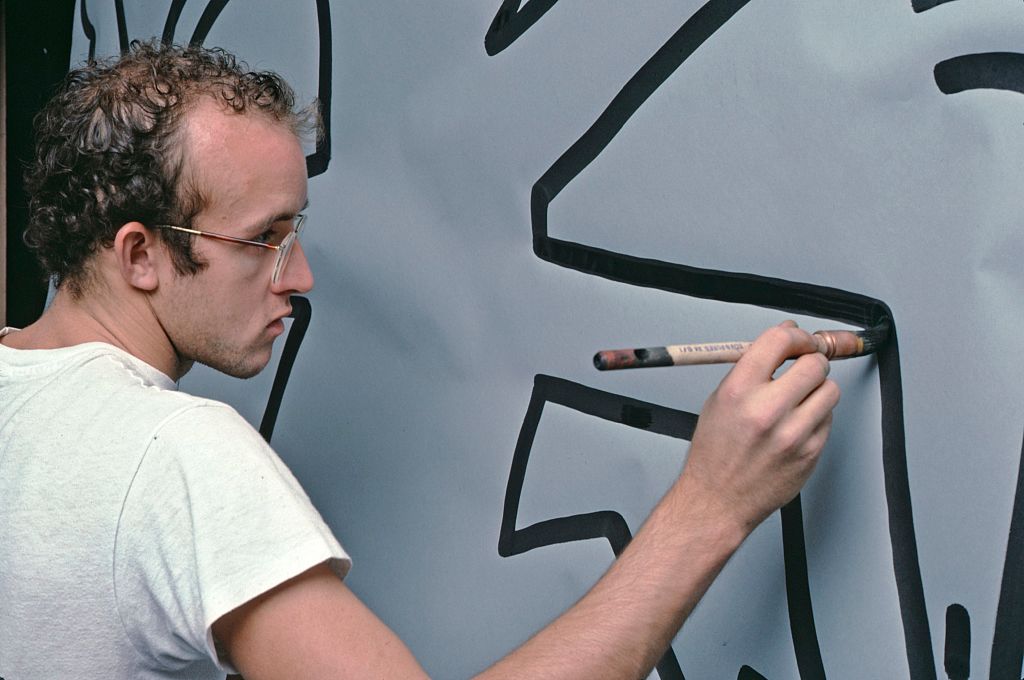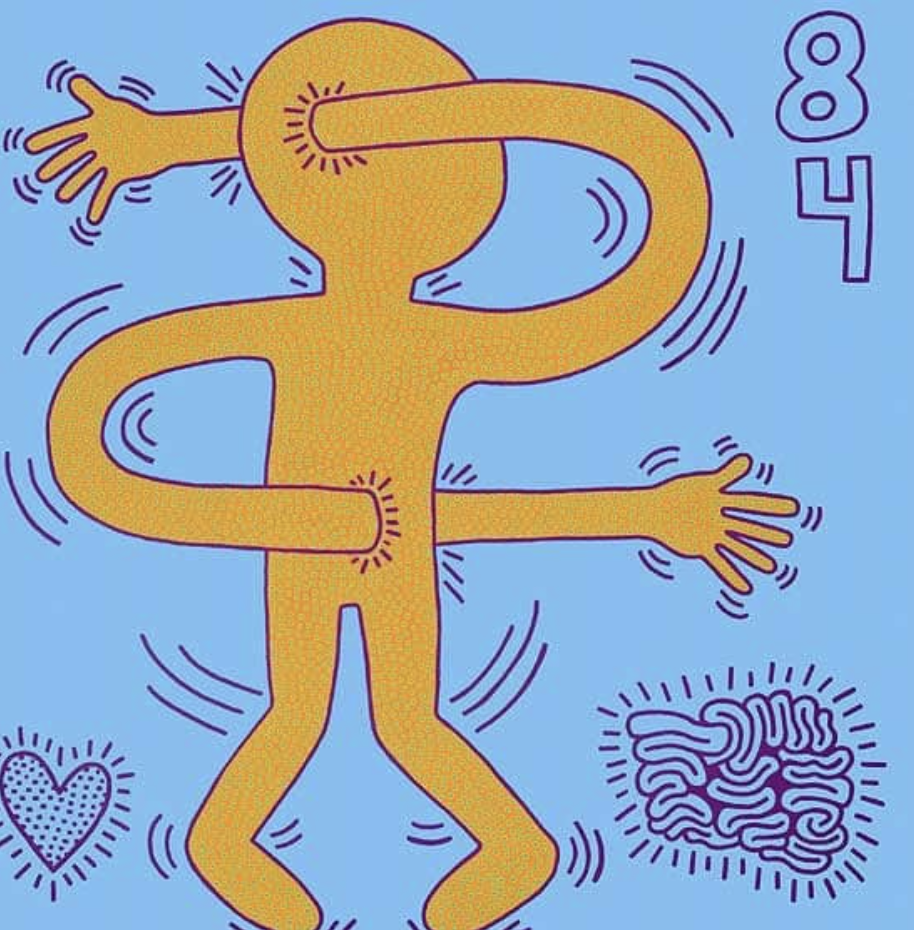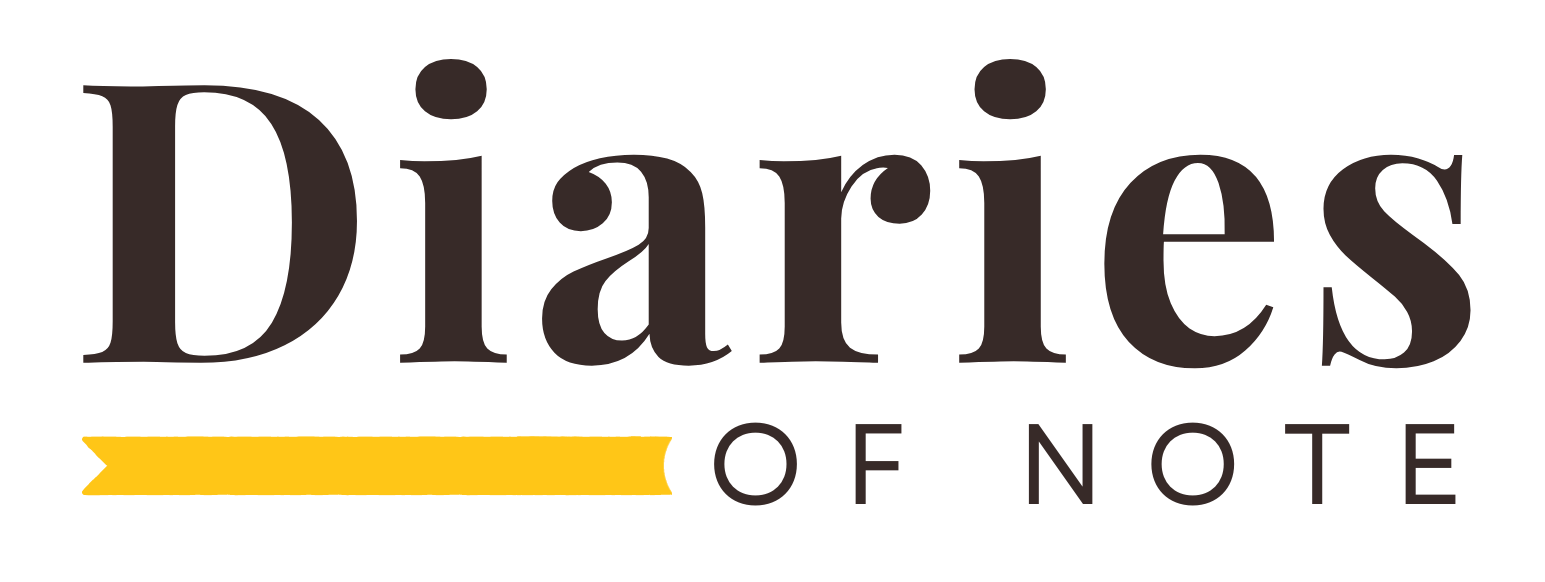
Photo by Jack Mitchell/Getty Images
Keith Haring was a magnetic force in the 1980s New York City art scene, his vibrant street art redefining the boundaries between high art and pop culture; his animated figures, marked by bold lines and vivid colours, becoming potent symbols of social commentary on issues like AIDS and anti-nuclear activism. When he wrote the following journal entry in 1984, 26-year-old Haring was a celebrity in the art world and his star was still rising—over the next five years his public murals would pop up around the U.S. and Europe. Tragically, Haring was just thirty-one when he died from AIDS-related complications. His memorial was attended by thousands.
The Diary Entry

© Keith Haring Foundation
JUNE 13, 1984
This drawing I first did in Milano. It was something I had been thinking about for a while. The reconciliation of the head and the stomach. Pure intellect without feelings is impotent and even potentially dangerous (i.e., the computer in the hands of those who wish to control). Expressionism (stomach) without intellect is pointless and usually boring. The problem facing modern man now (the reconciliation of intellect and feelings/brain and heart/rational and irrational/mind and spirit/etc. etc.) is compounded by the increasing power of technology and its misuse by those in power who wish only to control. The mentality of people who are motivated by profits at the expense of human needs is perfect for the computer. Computers are completely rational. They save time and money, they can keep records of every transaction (telephone, bank, etc.). Money is the opposite of magic. Art is magic. The worlds of art and money are constantly intermingling. To survive this mixture the magic in art has to be applied in new ways. Magic must always triumph.
Further Reading
Keith Haring Journals was first published in 1997 by Penguin Books, with a preface by David Hockney and an introduction by Robert Farris Thompson. Entries begin in 1977 and end in 1989, five months before he died, though there are long stretches of silence along the way. Haring’s artwork features throughout, along with some photographs. It’s a great book.
In 2012, the Keith Haring Foundation began to scan pages from Haring’s handwritten journals and upload them to a Tumblr which can still be seen here. Not all of his journals are on there, which is a shame, but what’s available is fantastic.
The Keith Haring Foundation website is an excellent resource and is home to much of his artwork.
Excerpts from KEITH HARING JOURNALS: (PENGUIN CLASSICS DELUXE EDITION) by Keith Haring, copyright © 1996, 2010 by The Keith Haring Foundation, Inc. Used by permission of Penguin Classics, an imprint of Penguin Publishing Group, a division of Penguin Random House LLC. All rights reserved.

Leave a Reply